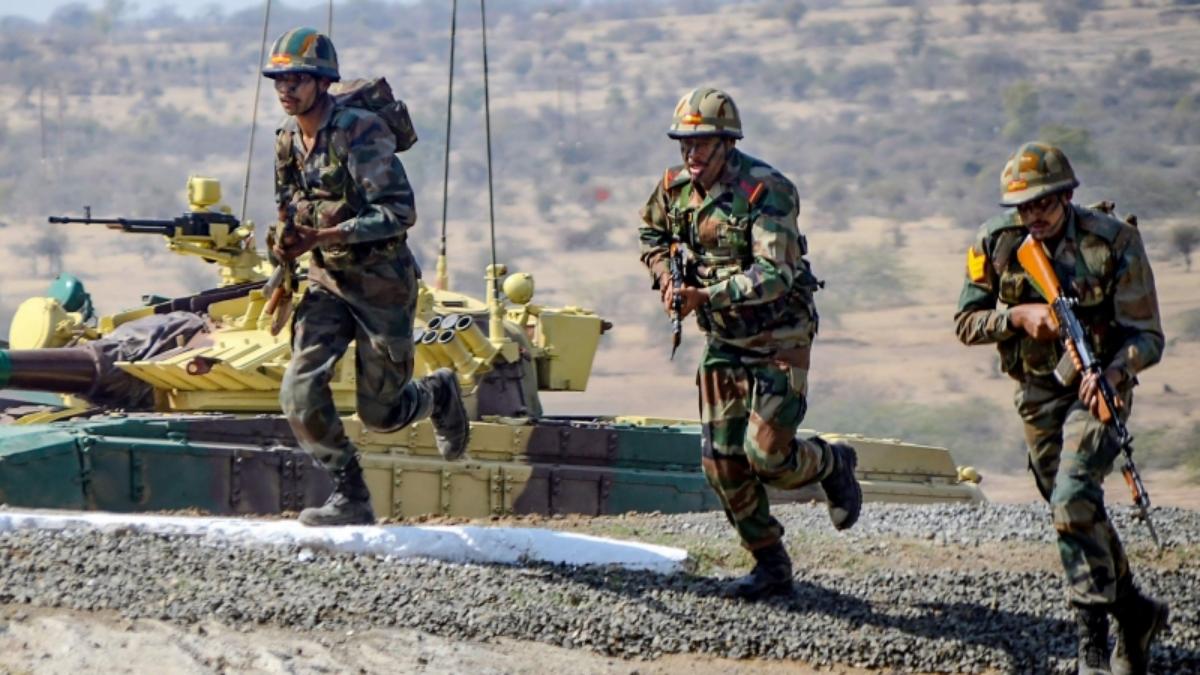
How Army's Bihar regiment removed Chinese post in Galwan Valley
According to sources quoted in an ANI report, the Indian security forces including the 16 Bihar Regiment, were directed to make sure that the post was removed by the Chinese, after which a small patrol was sent to convey the message.

On June 15, the Indian 3 Infantry Division Commander with few other senior officers, was at an Indian post near the Y junction of Galwan and Shyok rivers in the eastern Ladakh sector. The officers stationed themselves as talks were to be held between the two countries.
According to sources quoted in an ANI report, the Indian security forces including the 16 Bihar Regiment, were directed to make sure that the post was removed by the Chinese, after which a small patrol was sent to convey the message.
The Chinese observation post was manned by around 10-12 soldiers who were told by the Indian patrol to go away, as was agreed upon in the senior level military talks held between the two countries.
The Chinese soldiers refused to do so, even as the Indian patrol returned to their unit to inform them about the development. This was when the Indian soldiers with around 50 people along with 16 Bihar Commanding Officer Colonel Santosh Babu in the lead, went to tell the Chinese to go back to their territory, as they were standing on Indian soil.
By the time the first Indian patrol returned from that site, the Chinese soldiers had called for reinforcements from their rear positions in Galwan valley, and came with around 300-350 people.
As the Indian patrol reached, the Chinese had already built troops on higher ground around the observation post, and kept weapons and stones ready to launch an attack.
As the two sides started talking on the issue, it turned into a heated discussion. The Indian side started uprooting their equipment and tents. The Chinese had already prepared themselves for aggression against Indian troops, and went on to attack the Indian side. The first attack was on the 16 Bihar CO and Havildar Palani.
After the CO went down, the Biharis at site lost control and attacked the Chinese ferociously, despite being heavily outnumbered. Stones were raining on the soldiers from higher ground.
The fight went on for more than three hours till late night, in which several Chinese troops were either dead or injured. Next morning, when the situation was relatively under control, the dead bodies of Chinese troops laid in the open and was handed over to the Chinese side by the Indian troops.
RELATED NEWS: Galwan Valley face-off: Indian, Chinese officials meet to defuse situation
Around 100 troops took part in the operations from the Indian side, while the Chinese had more than 350 people at the location. However, the Bihari troops in the operation, had managed to uproot the Chinese position at the Patrolling Point 14 (PP-14).
Soon after the face-off, the Chinese reinforced their positions near the same location and had their offensive forces ready in the rear locations. According to sources, the Biharis, despite being outnumbered, managed to remove the Chinese observation post existing there in violation of agreements between the two sides.


